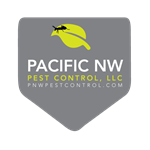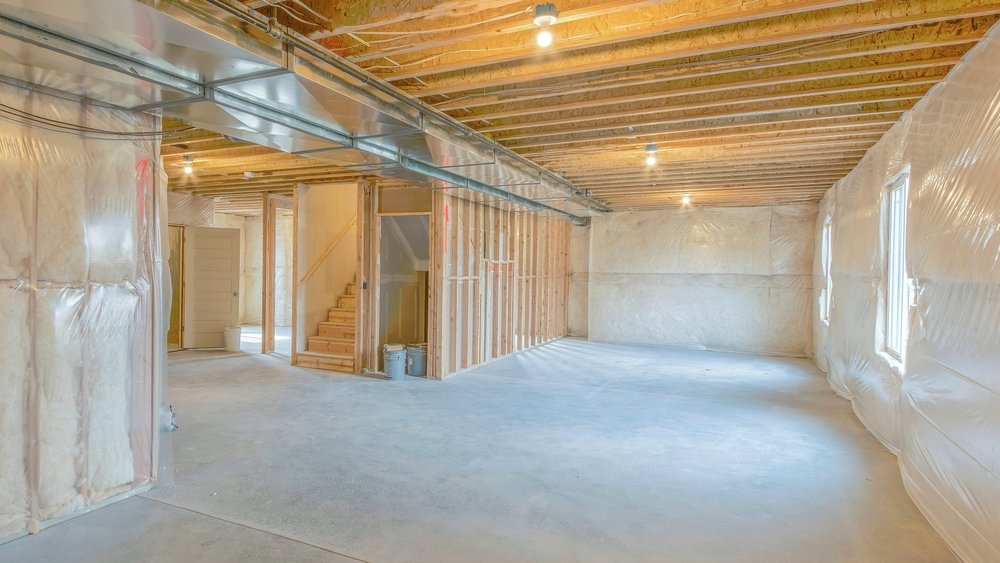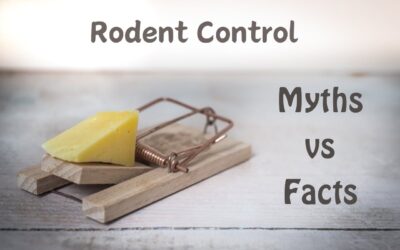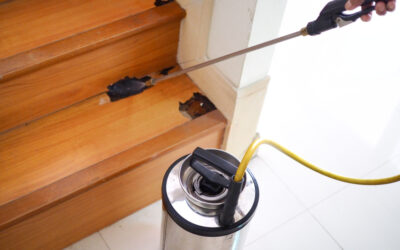The Pacific Northwest is known for its stunning landscapes, temperate climate, and abundant natural beauty. However, it is also notorious for its damp weather and high humidity levels. This unique environment presents specific challenges for homeowners and builders when it comes to protecting their homes from moisture-related issues. One essential component of a well-protected home in the Pacific Northwest is a vapor barrier.
Understanding the Pacific Northwest Climate
Before delving into the specifics of vapor barriers, it’s crucial to understand the climate of the Pacific Northwest. This region, which includes areas of Washington, Oregon, and parts of Idaho, is characterized by mild temperatures, abundant rainfall, and relatively high humidity levels throughout the year. The climate is considered oceanic, with wet winters and mild, dry summers.
This unique climate can lead to a variety of moisture-related challenges for homeowners, such as mold growth, rot, and structural damage. These issues can be costly and harmful to both the structural integrity of your home and the health of its occupants.
What Is a Vapor Barrier?
A vapor barrier is a material, typically a sheet or membrane, designed to prevent the passage of water vapor through walls, floors, and ceilings. It acts as a barrier to moisture, limiting its ability to infiltrate a building’s structure. Vapor barriers are commonly made of materials like plastic sheeting, foil-faced paper, or specialized vapor barrier products.
Importance of Vapor Barriers in the Pacific Northwest
Moisture Control
The primary purpose of a vapor barrier in the Pacific Northwest is to control moisture infiltration. With the region’s consistent rainfall and high humidity levels, homes are constantly exposed to moisture from the environment. A vapor barrier helps protect your home by preventing water vapor from entering your walls, ceilings, and floors.
Mold and Mildew Prevention
Mold and mildew thrive in damp and humid environments. By preventing excess moisture from entering your home’s structure, vapor barriers are a critical tool in the fight against mold and mildew growth. The Pacific Northwest’s climate makes these issues more prevalent, so a well-installed vapor barrier is essential.
Energy Efficiency
Properly installed vapor barriers also contribute to energy efficiency in your home. When excess moisture is kept at bay, your HVAC system doesn’t have to work as hard to maintain a comfortable temperature. This results in lower energy bills and a more environmentally friendly home.
Structural Integrity
Over time, moisture can compromise the structural integrity of your home. Wooden framing and other structural elements are susceptible to rot and decay when exposed to excess moisture. Vapor barriers help protect these critical components, extending the life of your home.
The Importance of Correct Installation
While the benefits of a vapor barrier are clear, it’s equally important to ensure that it is correctly installed. Proper installation is essential to reap the full advantages of this moisture control measure. Here are some key factors to consider:
Location and Material Selection
Selecting the appropriate location for a vapor barrier depends on the unique characteristics of your home and climate. In the Pacific Northwest, vapor barriers are often placed on the interior side of the insulation, facing the heated living spaces. The choice of material is crucial; it should be resistant to moisture and have a high vapor resistance rating (measured by the perm rating).
Seal All Gaps and Joints
A well-installed vapor barrier should have no gaps or joints that allow moisture to penetrate. Even the smallest opening can compromise its effectiveness. Proper sealing of seams and overlaps is crucial, as is securing the barrier tightly to the framing.
Ventilation Considerations
The Pacific Northwest’s climate can be a bit of a double-edged sword. While vapor barriers are essential to prevent moisture infiltration, they also require a well-ventilated home to avoid trapping moisture within the structure. Proper ventilation, such as attic and crawl space ventilation, is vital to maintain a balanced environment.
Professional Installation
The correct installation of a vapor barrier requires knowledge, experience, and the right tools. Many homeowners in the Pacific Northwest choose to hire professionals to ensure the job is done correctly. This can help avoid costly mistakes that may lead to issues down the line.
Different Areas of Your Home Requiring Vapor Barriers
Vapor barriers are not a one-size-fits-all solution. Different areas of your home may require different vapor barrier strategies. Here are some key areas where vapor barriers play a critical role:
Crawl Spaces
Crawl spaces are vulnerable to moisture infiltration, and a vapor barrier on the ground and walls can help prevent moisture from rising into your home. Properly sealed crawl spaces can also improve indoor air quality.
Walls
The walls of your home are a primary area where vapor barriers are installed. By preventing moisture from entering the wall cavities, you protect the structural integrity and insulation within the walls.
Attics
The attic space can be particularly susceptible to moisture issues, especially in regions with high humidity levels. Proper attic ventilation, combined with a well-installed vapor barrier, can help preserve the integrity of your roofing and insulation.
Floors
Flooring materials and the underlying structures can be affected by moisture. Installing a vapor barrier beneath your flooring can prevent moisture from seeping into the subfloor and affecting the materials above.
Vapor Barrier Maintenance and Inspection
Once a vapor barrier is correctly installed, it’s important to perform regular maintenance and inspections to ensure it continues to function effectively. Here are some tips for keeping your vapor barrier in good condition:
- Regularly inspect the barrier for any tears, punctures, or damage. These should be repaired promptly to maintain the barrier’s effectiveness.
- Ensure that the barrier remains tightly sealed at seams, overlaps, and around any penetrations in your home, such as plumbing or electrical conduits.
- Check for signs of moisture buildup in areas where the vapor barrier is installed. This could indicate a problem that requires attention.
- Keep your home well-ventilated to prevent moisture from becoming trapped within the structure.
Vapor barriers are a critical component of home construction and maintenance, particularly in the moisture-prone environment of the Pacific Northwest. Understanding the climate and the importance of moisture control is the first step in protecting your home from issues such as mold, rot, and structural damage.
Correct installation is essential to ensure that a vapor barrier functions as intended. Working with professionals or taking the time to thoroughly understand the process is crucial for homeowners. Regular maintenance and inspection will help you keep your vapor barrier in optimal condition, ensuring your home remains safe, comfortable, and structurally sound in this beautiful but damp region.




